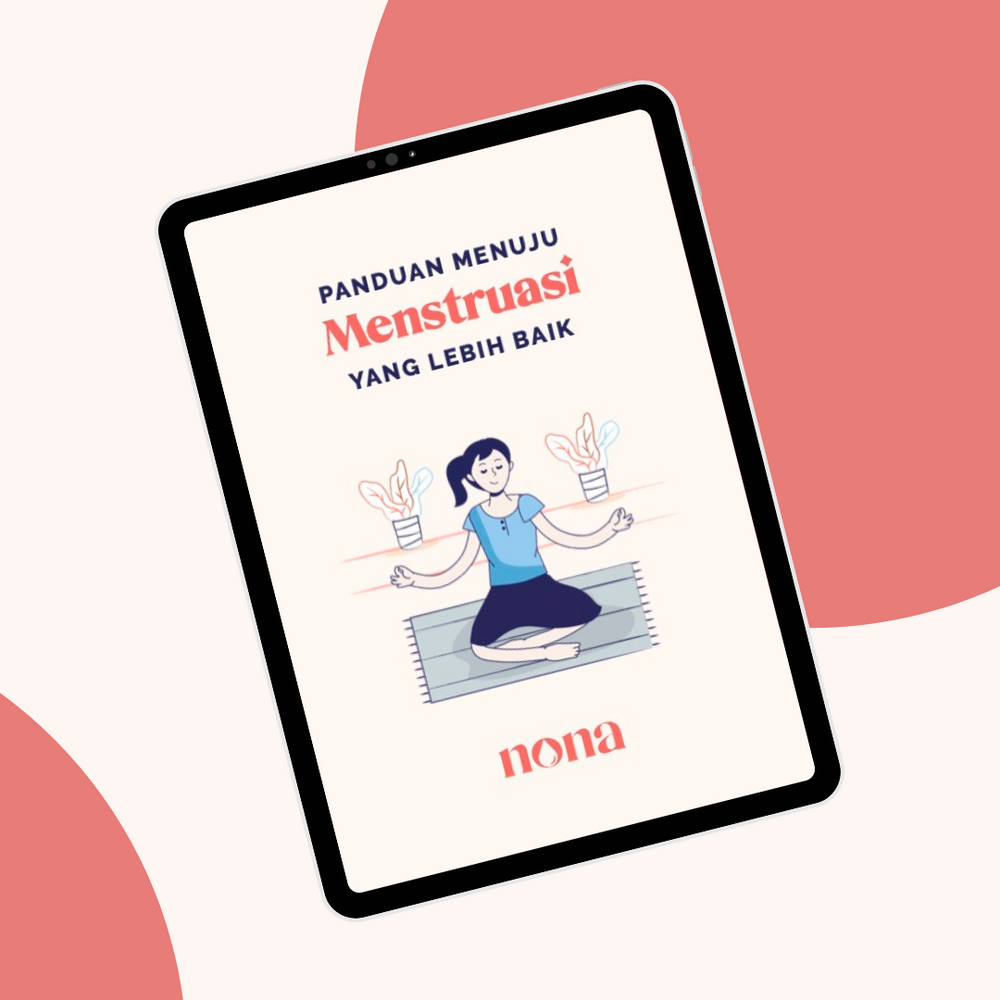Some women may have experienced an interesting phenomenon in which their menstrual cycle coincided with that of people in the house or friends they often met. As it turns out, the term for this condition is "menstrual synchrony."
This concept simply describes the synchronization or alignment of the menstrual cycles of two women who are close together or spend a lot of time together. They also experience menstruation at almost the same time. However, does menstrual synchrony really exist in the medical world or is it just a myth? Let's find out the facts in the review below!
Research Regarding Menstrual Synchrony
Menstrual synchrony, also known as period syncing or the McClintock effect, originates from research conducted by Martha McClintock. This woman was interested to see if the menstrual cycles of the women she lived with actually synchronized.
In 2003, McClintock conducted a study involving 135 female students living in dormitories. The results of her research show that on average young women there have the same menstrual cycle.
According to McClintock, this phenomenon occurs because when women make physical contact with other people who are menstruating, their pheromones (natural chemical compounds in the body) affect each other. Finally, this condition makes their menstrual cycles occur together.
Pheromones themselves function as messengers from one person to another, especially those related to social and sexual responses.
A small 2017 study published by the National Library of Medicine, USA, also showed that 44 percent of female participants who live with other women experience menstrual synchrony. In fact, it was found that menstrual symptoms such as migraines were more common among women who lived together.
However, in 2006, a study of 186 women living in Chinese dormitories showed that menstrual synchrony does not actually occur.
Similar results were also stated by the University of Oxford, England, and the menstrual cycle tracking application company Berlin, Clue. Data from more than 1,500 people shows that the possibility of women influencing each other's menstrual cycles is very small based on physical proximity alone.
Menstrual Synchrony Is Just a Myth
Regarding the Myth of Menstrual Synchronization, there have been several studies that have attracted attention since 1993. One of them is the research conducted by McClintock. However, this study later became controversial because the results contradicted those of other studies. A 1993 study found that of 29 lesbian couples who menstruated together, they were out of sync.
In 1995, another interesting study showed that close friends who do not live together also do not experience menstrual synchronization. These results start to cast doubt on the existence of the phenomenon of menstrual synchronization in women.
However, in 2017, the Clue app partnered with the University of Oxford to try to better understand menstrual cycle synchronization. They analyzed the cycles of 360 pairs of women who knew each other well and tracked their cycles through the app.
The results were surprising, after three cycles, out of 273 couples, none experienced synchronized menstruation with a significant difference in the start date of the cycle. Although this research provides a new perspective, it still has a flaw in not involving medical experts in the process. Therefore, further investigation is needed to fully reveal the mystery behind this phenomenon.
Reasons for Experiencing Menstrual Synchrony with Friends
In the past, McClintock's hypothesis suggested that pheromones, which are naturally occurring chemicals that send messages from one person to another, may be linked to menstrual synchrony. McClintock's theory suggests that menstrual synchrony may have more to do with close female friends being exposed to male pheromones at the same time than close female interactions.
However, a 2003 study found little evidence that women exposed to male pheromones experienced increases in the hormones responsible for triggering ovulation. Nonetheless, the connection between pheromones and menstrual synchrony still needs more evidence.
According to Brayboy, "Pheromones play a role, but as far as I know in the literature, we haven't seen large-scale studies of how long and how often exposure to pheromones can change cycles."
If you are experiencing period syncing with a friend or someone you live with, it is most likely the result of pure probability. This is because the cycle length varies from person to person. Some people get their period every 21 days, while others see their period starting every 35 days. The duration of menstruation also varies, some last for a week, while others only last a few days. In addition, some have regular cycles and others have less regular cycles.
These are all medical facts that underlie menstrual synchrony. There are many factors that affect the menstrual cycle, but menstrual synchrony is not one of them. With all these possibilities, one day you and a friend, roommate, or co-worker may have your period at the same time, but that's purely coincidental.
References:
- https://lifestyle.kompas.com/read/2020/10/23/181300720/siklus-haid-sering-barengan-dengan-sahabat-ini-alasannya?page=all
- https://www.klikdokter.com/gaya-hidup/perawatan-wanita/menstrual-synchrony-bikin-siklus-haid-berbarengan-faktakah
- https://www.liputan6.com/citizen6/read/5335079/ladies-alami-siklus-menstruasi-berbarengan-sahabat-simak-penjelasannya



Leave a comment